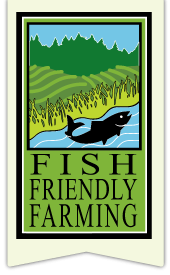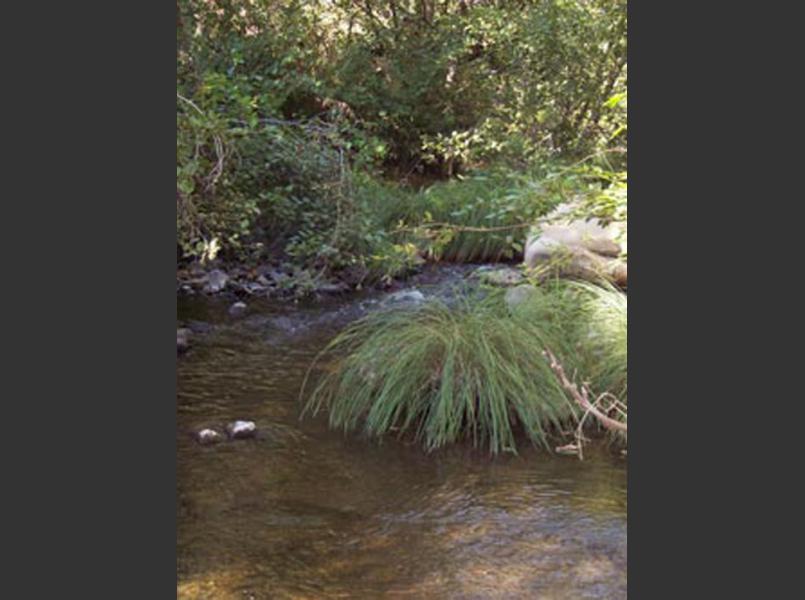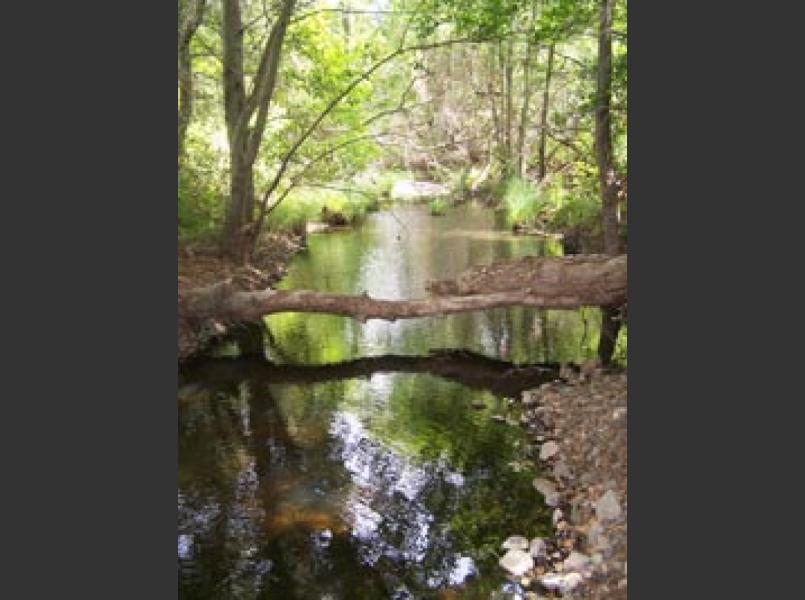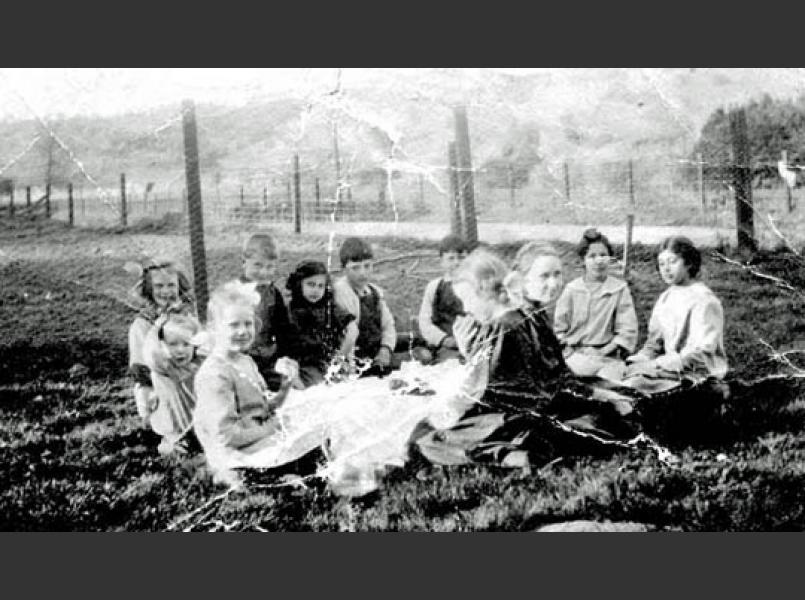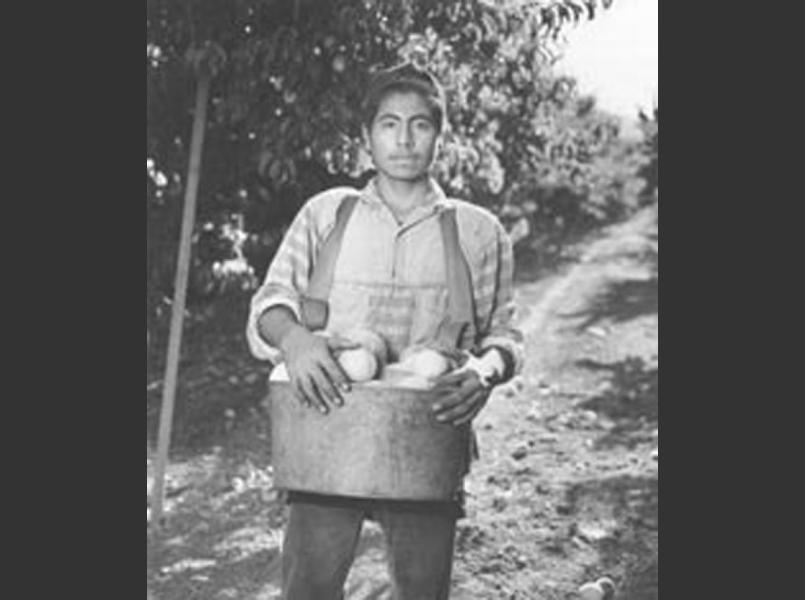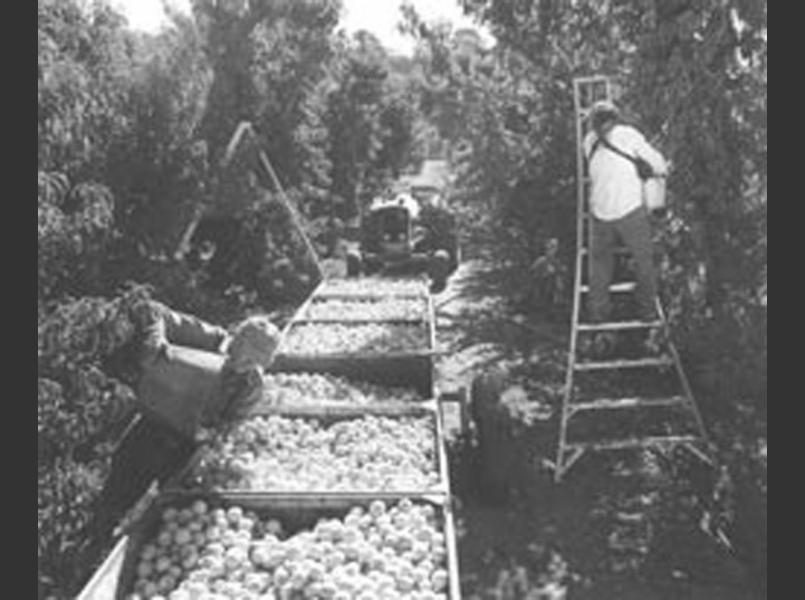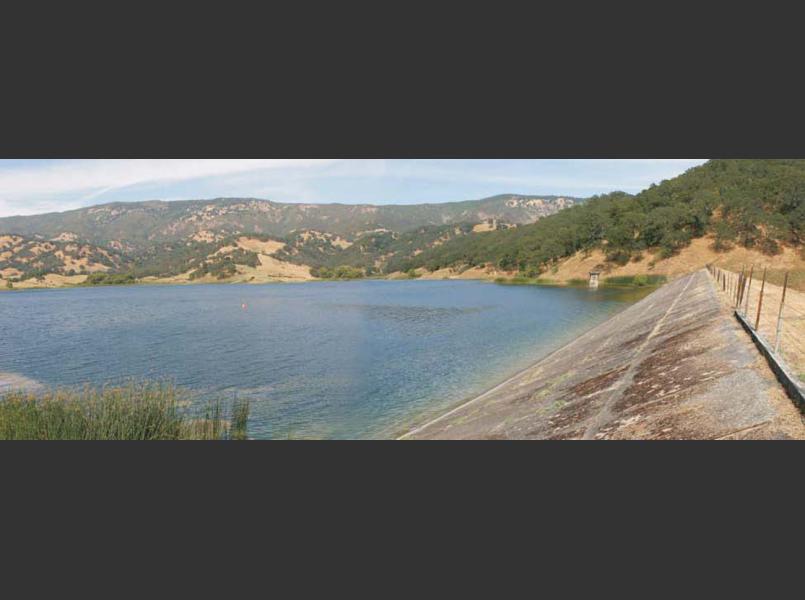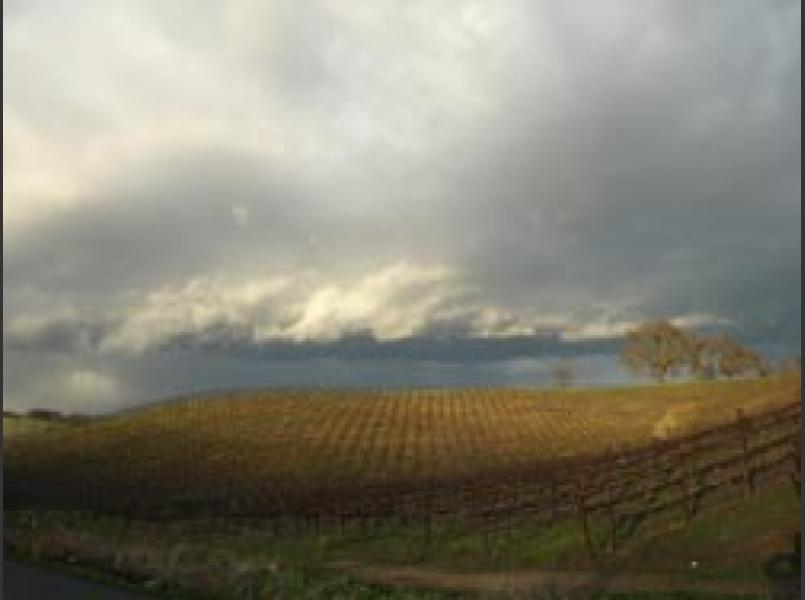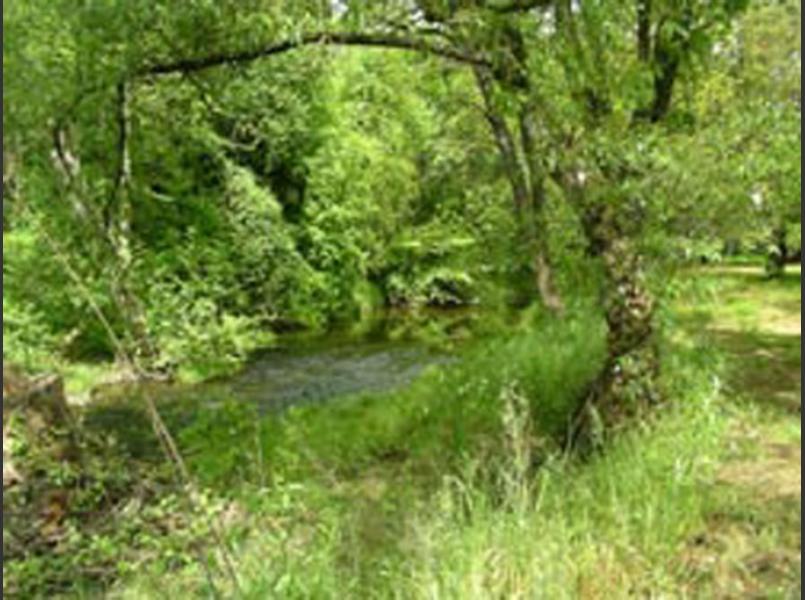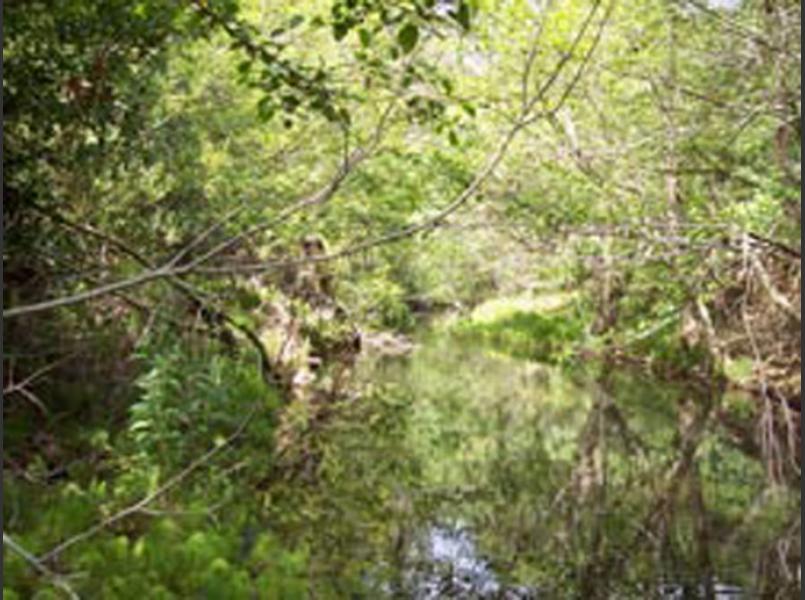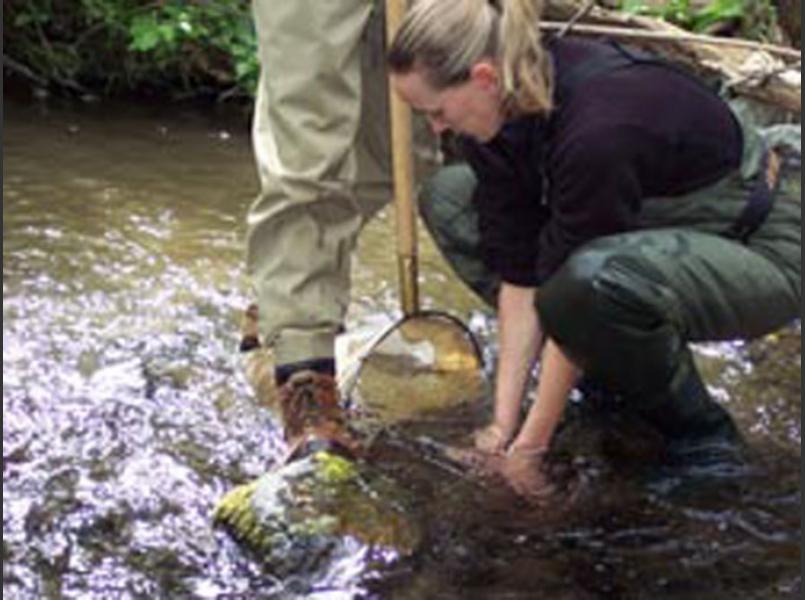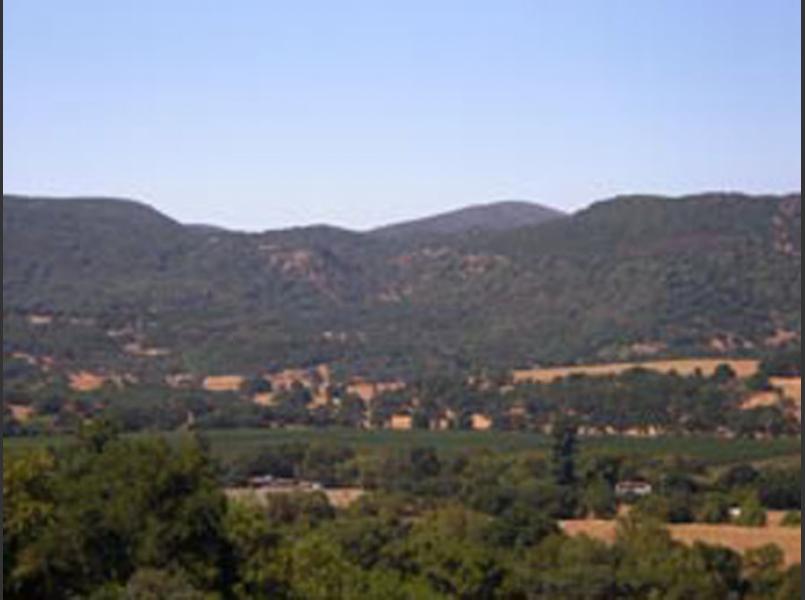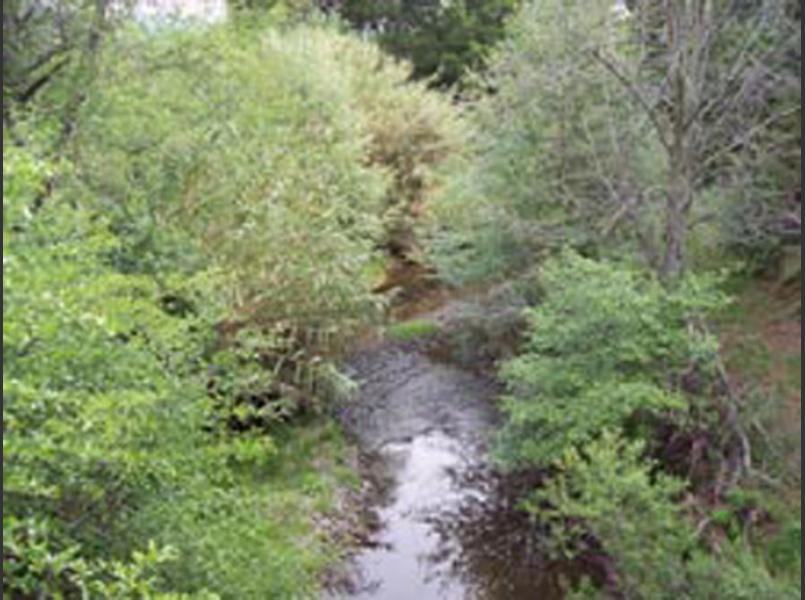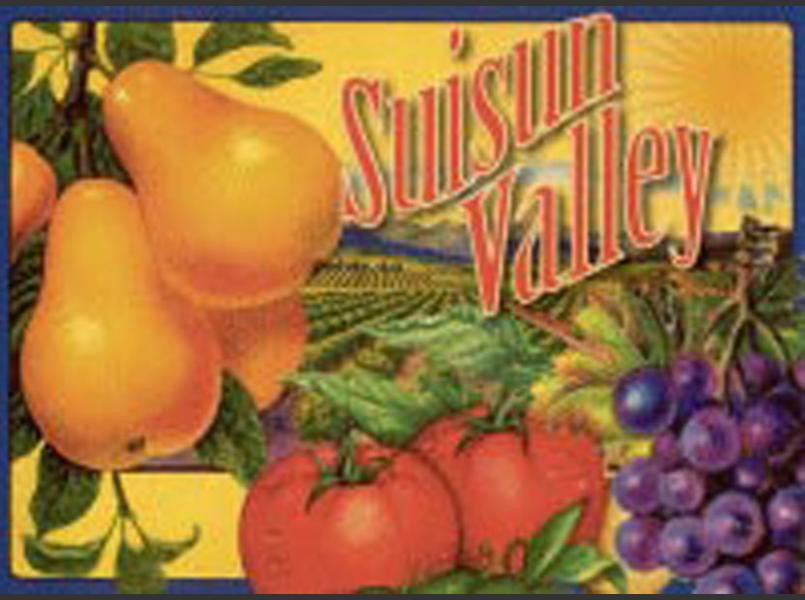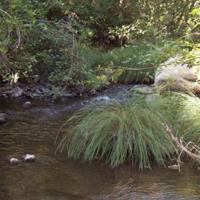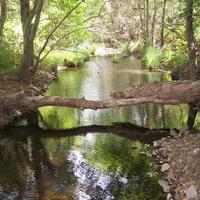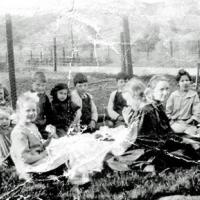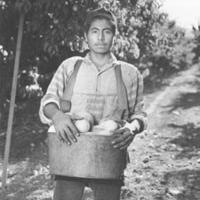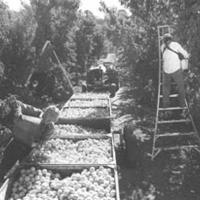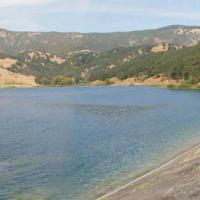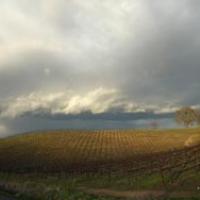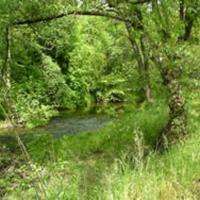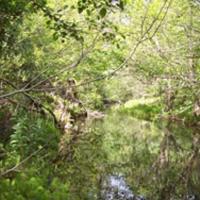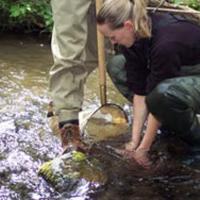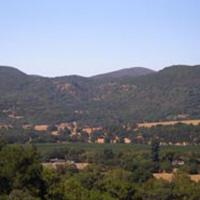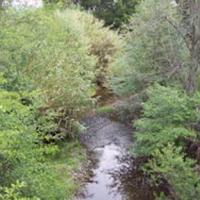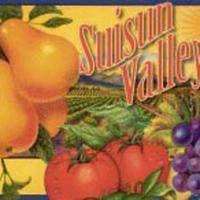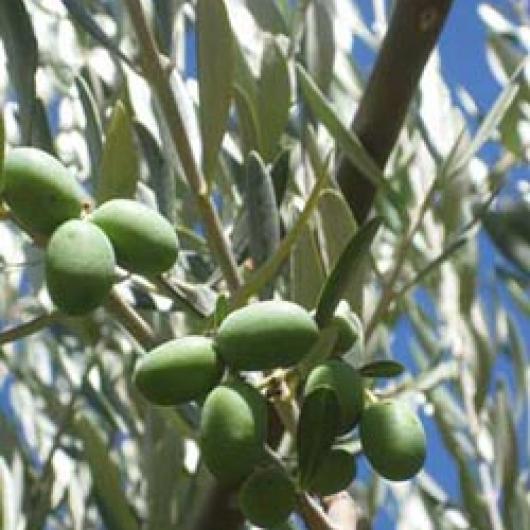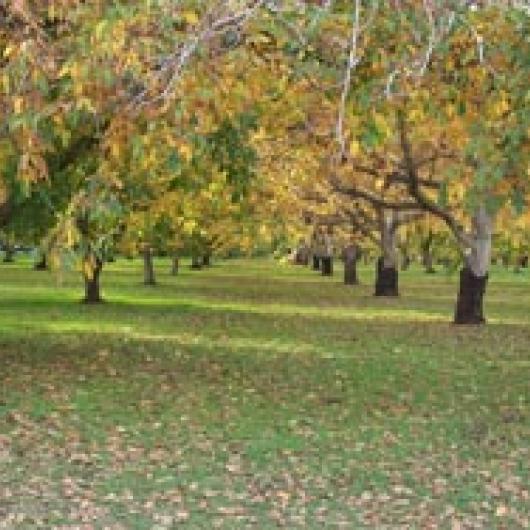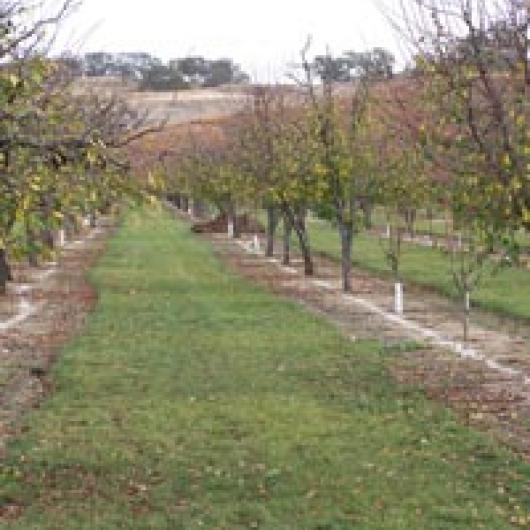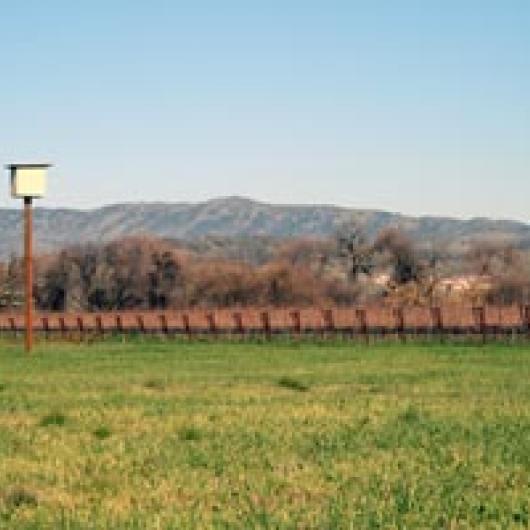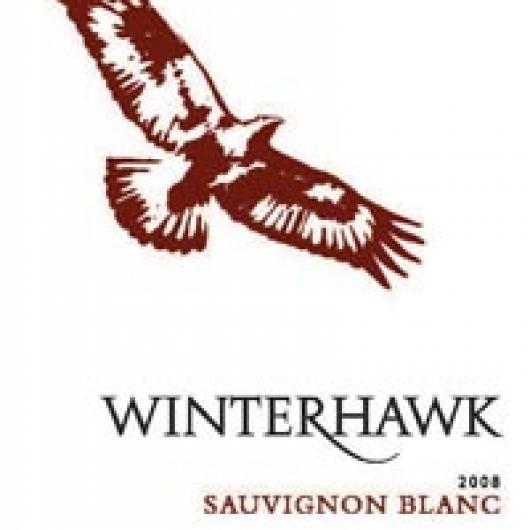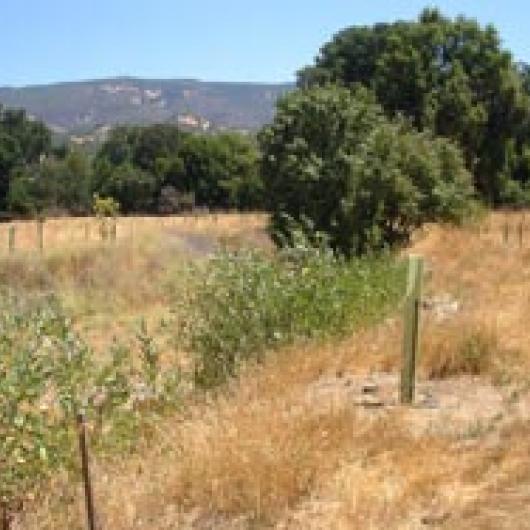Certified Farms
AlphaWOLF Ranch
Bill and Roxanne Wolf developed a 13-acre vineyard and olive orchard along Suisun Creek in 1999. The riparian corridor is particularly wide at this site. Invasive, non-native Himalayan blackberry and blue periwinkle has been removed from the corridor and replaced with native oaks, maples, and willows.
Dodini Ranch
This 15-acre organic olive orchard borders Ledgewood Creek. Manager Jim Parr farms this site with minimal use of chemicals or water. He has also installed barn owl boxes and perches to provide additional wildlife habitat. The Dodinis have lived and farmed here for many years, and used to grow walnuts on this site.
Dorrough Ranch
This 16-acre site borders Suisun Creek, where the current owners, Rory and Bruce Dorrough, grew up playing and watching steelhead trout swim upstream to spawn. The Dorroughs have been actively involved in efforts to increase the threatened trout population on Suisun Creek, and completed a stream bank revegetation project with the FFF program.
Hansen Farms
The FFF program has removed invasive, non-native Arundo donax from the stream corridor and seeded a thick filter strip between the orchard and creek to minimize sheet erosion and runoff to the creek.
Ledgewood Creek Vineyards
Vineyards were planted on this former pear orchard in the 1980s and 1990s. The Frisbie family owns and manages the vineyards with site-specific cover crops to minimize soil erosion and provide nutrients to the soil. Ledgewood Creek, which runs along the property boundary, is being managed to remove invasive non-native plants and allow the creek channel to stabilize naturally.
Marvin Ranch
This 110-acre vineyard in the Ledgewood Creek drainage is nestled between sites owned by Ledgewood Creek Vineyards and was once a pear orchard. Winterhawk Winery’s Sauvignon blanc, produced from grapes grown on this site, has the distinction of being the first wine in the country to put the FFF logo on its label.
Rancho Chimiles
Only 70 acres of vineyard are farmed on this 1150-acre site that stretches from Lake Curry to Wooden Valley. Rancho Chimiles bears the name of the original Spanish land grant of 1859, and has been used for rangeland, prune orchards, and oat hay prior to vineyards for the past 100 years or more. Owner Terry Wilson and his son Dave manage the vineyards to minimize impact on the ephemeral streams that run through the property.
Rockhill Ranch
This 15-acre olive orchard is farmed organically with IPM methods to minimize pesticide use. The olive oil produced from this orchard has won several awards.
